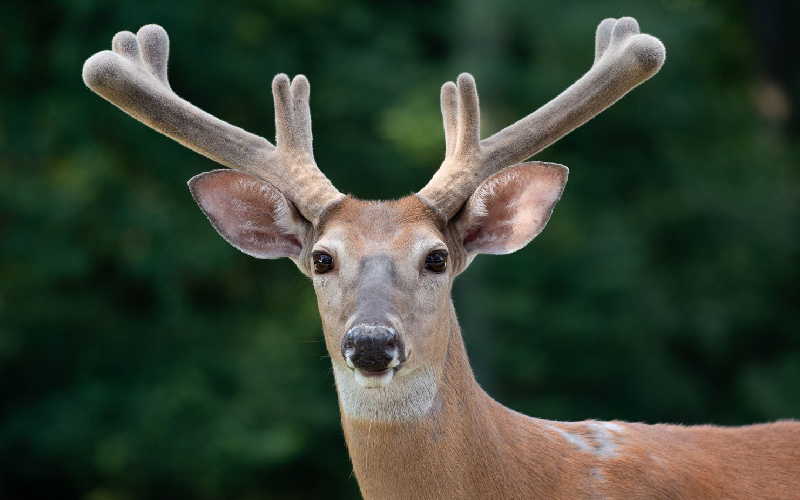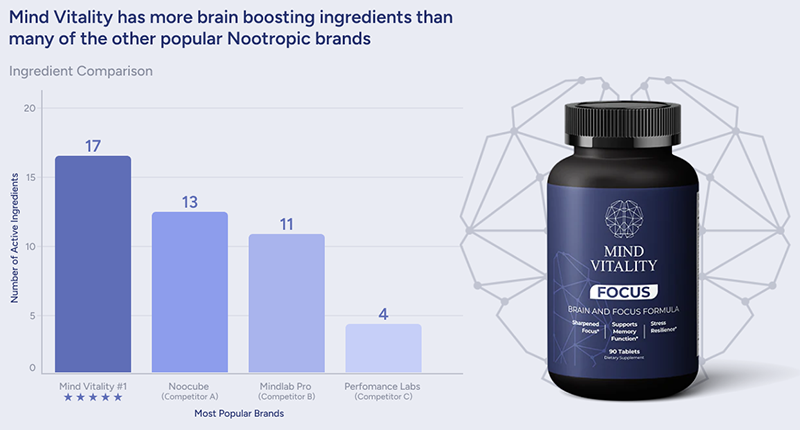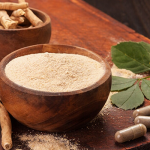Deer antler velvet is the very soft tissue that covers the cartilage and bone that develop into deer antlers. For centuries deer antler velvet has been harvested and used for a variety of medicinal purposes, from stimulating the immune system to improving mental health to increasing strength and muscle mass. It’s that last benefit — strength/muscle increase that has received the most attention of late, and it’s this benefit that’s the focus of this post.
Contents
What Is Deer Antler Velvet?
Deer antler velvet is really just what its name suggests — it’s the fuzzy, soft, “velvety” outer part of the new antlers that deer form every year. Other names for it include antler velvet, velvet antler, deer velvet, and young deer horn.
There’s a common misconception that the antlers of male deer continually grow, year after year, getting bigger and bigger. That’s not true. Male deer grow a new set of antlers each year. Every year a deer grows its antlers “from scratch,” and after a period of several months the growth stops and the antlers are shed — the pair of antlers fall off.
In the early stages of antler growth the antlers aren’t hard, like horns. Instead, they are a soft cartilage with a covering of velvet-like hair. Eventually this velvet covering is shed as the antler cartridge solidifies and turns into the hard, bone-like antlers that most people are familiar with. Deer antler velvet supplements are made from the soft, velvet that is present on the antlers before they’ve hardened.
Why Deer Have Velvet on Their Antlers
Deer antlers, when fully developed, are hard, boney-like appendages. They need to be firm and strong because the male deer relies on his antlers for defense and to fight other deer for mating rights during the rutting season — the period from mid October to early December when deer mate. Deer shed their antlers at the end of the yearly mating season. Growing a new, fresh pair of antlers each year ensures that antlers are always strong enough for deer to defend themselves.
When an antler begins its growth from the pedicle, or antler base, its initially in the form of cartilage that’s covered with a layer of velvet. The velvet is highly vascular (contains many blood vessels) to enable it to supply oxygen and nutrients to the growing cartilage that will eventually harden.
The velvet helps the antler grow quickly — and it needs to grow quickly so that it is full-sized and hardened within just a few months when mating season begins. Antlers are, in fact, one of the fastest-growing tissues in all of the animal kingdom. A deer’s antlers grows as much as a quarter-inch per day.
A couple of side notes here. Antlers aren’t the same as horns. Horns, like the horn of a rhinoceros, are solid bone, whereas antlers are a honeycomb-like structure. Additionally, horns are permanent, unlike antlers that are shed each year and need to regrow each year. And as far as the rate of growth, if it sounds like deer antlers grow quite quickly (they do), consider that elk antlers can grow as much as a full inch per day, and a moose can add up to one pound of new antler every day!
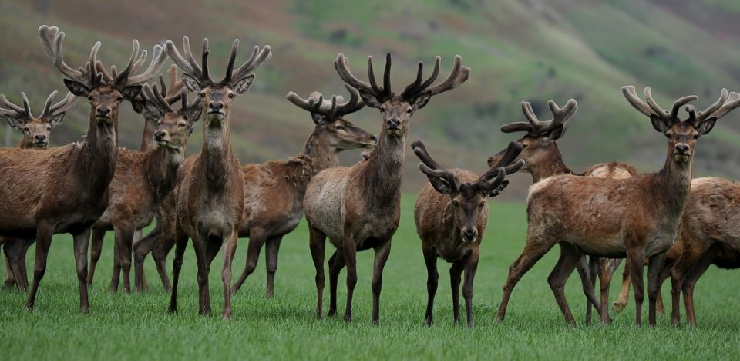
How Is Deer Antler Velvet Harvested?
If you have concerns about using an animal part as a nutritional supplement, in the case of deer antler velvet you can set aside your worries. Deer antler velvet is a renewable resource — it’s painlessly harvested from live, captured deer, which after harvesting are released to return to their herd and about the business of being deer.
Whether a deer is from a herd in the wild or a herd that is part of a deer farm, velvet harvesting takes place about two months into the antler growth. At this time the antlers have reached a decent size, and the velvet is getting close to the point where it would naturally be cast off by the deer as the antlers start to calcify and turn to their final bone-like state.
Much of the world’s supply of velvet comes from herds of red deer in New Zealand. Large scale commercial farming of deer began in New Zealand, and this country continues to maintain the world’s largest and most advanced deer farming industry. Today there are over 2000 farms populated with a total of about one million deer. As the number of farmed deer rose, New Zealand quickly realized the importance of a regulated system. The widely respected National Velvet Standards Body licenses farms and ensures humane removal of velvet supervised by licensed veterinarians.
Because of the ideal living conditions New Zealand creates for deer, and the country’s serious approach to humane treatment of deer, it’s recommended that you buy deer antler velvet from a manufacturer that uses the velvet of New Zealand red deer.
Health Uses of Deer Antler Velvet
In Western culture deer antler velvet may be the new kid on the block, but in other parts of the world it has been used medicinally for hundreds — and even thousands — of years.
Traditional Chinese Medicine, or TCM, is a collection of berries, fungi, and herbs that have thousands of years of usage as medicine in China and surrounding areas. Deer antler velvet has been used in TCM for 2000 years to treat a number of diseases and ailments, as well as to increase stamina, vitality, and energy levels.
Now, in modern times, people are using deer antler velvet too improve immune system functioning, counter stress, and to treat many other health concerns:
- Reduce inflammation
- Increase in blood supply and circulation
- Improve mental health
- Lower of blood pressure
- Lower cholesterol
- Improve sexual health
- Increase endurance and energy levels
- Improve general health
- Increase in muscle mass, muscle recovery, and strength
In this article, it’s that last bullet point item that is of most interest.
Deer Antler Velvet Increases Muscle Mass and Strength
While traditional medicine has used deer antler velvet to improve a host of health issues and concerns, in the past decade or so bodybuilders, athletes, and workout enthusiasts have come to the realization that deer antler velvet supplements can help increase muscle mass and strength, and quicken post-workout recovery.
Back in 2013 deer antler velvet came into the everyday vocabulary of all levels of athletes when Sports Illustrated reported that Ray Lewis — at the time a linebacker for the Baltimore Ravens NFL football team — used the supplement to speed up his recovery from a torn triceps muscle. Whether he actually did use deer antler velvet, and if he did, whether it indeed sped up his recovery, is uncertain. That uncertainty didn’t matter — deer antler velvet had arrived!
Deer Antler Velvet and IGF-1 (Insulin-Like Growth Factor-1)
Of the various factors that make deer antler velvet beneficial for bodybuilders or anyone interested in gaining muscle, it’s the IGF-1 present in the velvet that’s of most importance.
IGF-1 Is a Hormone
A hormone is any member of a class of signaling molecules that travel to cells and organs to signal the body to do, or not do, something. Hormones communicate with organs and tissues to regulate many physiological processes and activities including sleep, respiration, metabolism, digestion, stress, mood, and growth and development.
Hormones are involved in many different physiological actions, so it makes sense that there are many types of hormones. Workout enthusiasts for a very long time have been familiar with one particular class of hormones — steroids. In particular, bodybuilders know all about the hormone testosterone.
More recently bodybuilders have gained familiarity with another hormone helpful in building muscle — human growth hormone, or HGH. HGH isn’t a steroid — it’s a protein, or peptide, hormone produced by the body and secreted from the pituitary gland.
A lesser known protein hormone — but one like HGH that’s very important to athletes — is IGF-1, or insulin-like growth factor-1. IGF-1 is manufactured primarily by the liver. There’s a big connection between HGH and IGF-1. It’s HGH that stimulates, or triggers, the liver to produce IGF-1, and it’s then IGF-1 that goes on to carry out the building of muscle. So it turns out that HGH hormone that gets all the recognition and fame for being a muscle-enhancer, when in fact it’s the relatively unknown IGF-1 hormone that is doing most of the work!
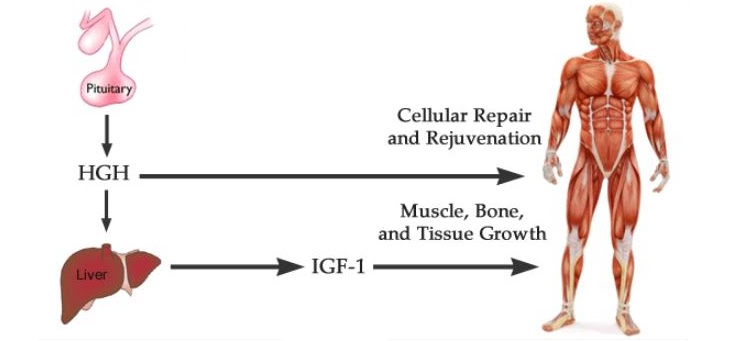
How IGF-1 Contributes to Muscle Gain
IGF-1 is particularly important in childhood as it is necessary for growth. In fact, a human’s highest levels of IGF-1 occur during puberty. In adults IGF-1 has anabolic effects — it promotes muscle building. As an aside, a steroid such as testosterone has anabolic effects, but it also has androgenic effects — it’s responsible for male traits such a deep voice and facial hair.
IGF-1 stimulates growth in most cells in the human body, including bone, cartilage, skin, nerves, and, of greatest importance — muscle. IGF-1 promotes both muscle hypertrophy (growth) and muscle hyperplasia (formation of new muscle cells). That’s a really interesting aspect of IGF-1 compared to anabolic steroids like testosterone. IGF-1 increases muscle cell growth and creates new muscle cells, whereas anabolic steroids only increase muscle cell growth — they don’t create new muscle cells. Score a big point for IGF-1!
Another couple of pluses for IGF-1 is that in addition to muscle gain, it plays a role in muscle recovery and fat loss. It helps in post-workout recovery by speeding cell repair and muscle regeneration. IGF-1 reduces body fat by limiting insulin’s ability to move glucose throughout the body — the result being that the body uses existing fat as an energy source as opposed to using glucose.
Deer antler velvet is a natural source of IGF-1. A 2011, 10 week study by United States researches involved 32 male weightlifters, half of whom were given New Zealand deer antler velvet and half of whom were given a placebo. While the placebo group showed no difference in squat or bench press tests, the group given deer antler velvet saw an increase of 10% on the squat tests and 4% on the bench press tests. Also reported in the study was the fact that the group given deer antler velvet experienced a market increase in aerobic capacity.
Deer Antler Velvet Dosage
Deer antler velvet is available as a powder in capsule form. But when taken as a pill, the digestive system destroys much of it. So the preferred way to take it is as a sublingual spray. Taking it sublingually (applied under the tongue) greatly increases its bioavailability — the amount of the taken velvet that is usable by the body increases.
The amount of deer antler spray for muscle growth will be noted on the bottle. A bottle size is typically 2 oz of liquid, and directions will specify that one dose is something like “5 sprays under the tongue, hold for 20 seconds before swallowing.” For best results its recommended that you take two doses per day.
When you take a dose of deer antler velvet isn’t important, so taking one dose in the morning and a second dose in the late afternoon or early evening works for most people.
Food intake does not affect the absorption of deer antler velvet, so you can take a dose on an empty stomach, or during or after a meal.


